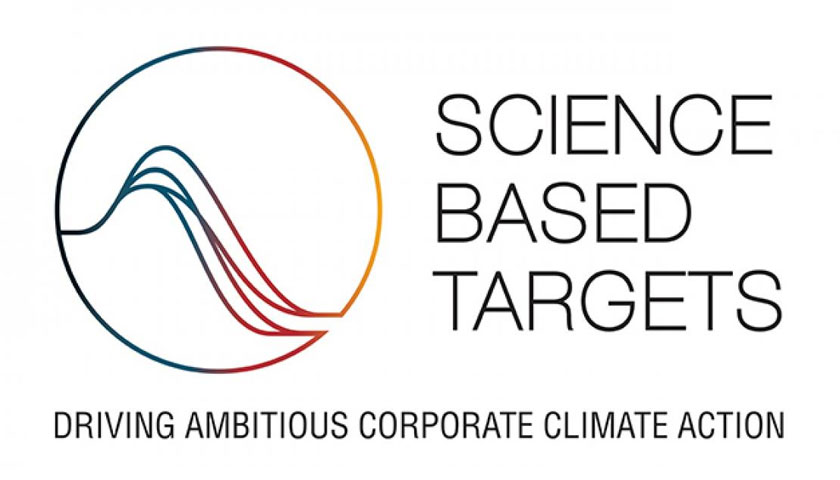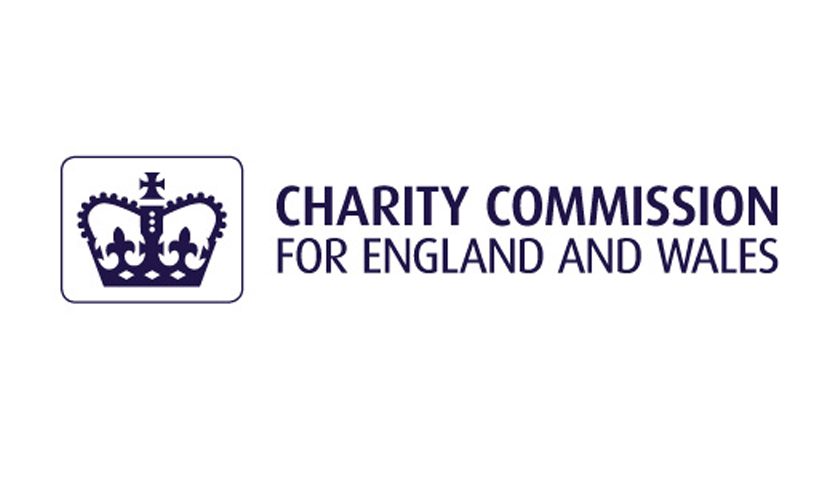New science-based target validation now available to help financial players align their lending and investments with the Paris Agreement. 55 institutions already committed.
- The first opportunity for financial institutions to set science-based targets to align their lending and investment activities with climate science is launched today by the Science Based Targets initiative (SBTi).
- Banks, investors and insurance companies can now verify whether climate targets for their operations and portfolios align with the Paris Agreement’s goal of keeping global warming to 1.5°C or well-below 2°C .
- 55 financial institutions including Bank. J. Safra Sarasin (Switzerland), Standard Chartered (UK), Eurazeo (France), Amalgamated Bank (US), have already committed to setting science-based targets.
The Science Based Targets initiative (SBTi) has launched a long-awaited first science-based target framework and validation service for financial institutions.
Nearly 1,000 companies in 50 sectors from coal and gas to pharmaceuticals, with a cumulative market cap of USD $15.4 trillion, have pledged to align their decarbonization plans with the Paris Agreement by adopting science-based greenhouse gas reduction targets (SBTs). But no such target framework was available for banks or other financial institutions – until now.
Today’s announcement marks the first opportunity for the finance sector to add a science-based stamp to their portfolio alignment targets. 55 financial corporations, including Amalgamated Bank (US) Bank J. Safra Sarasin (Switzerland), Standard Chartered (UK), and Eurazeo (France) have already committed to setting science-based targets, and will now work with the SBTi to validate their climate targets against current climate science.
The launch comes against the backdrop of a growing awareness amongst financial institutions of the material risks posed by a changing climate, and the role of financial institutions to redirect capital to green solutions and technologies. For instance, the IPCC predicts that energy systems investments must increase on a scale of roughly $1.6trn to $3.8trn annually between now and mid-century to meet the goals of the Paris Agreement.
The new target validation service is developed by the SBTi, a collaboration between CDP, the United Nations Global Compact, World Resources Institute (WRI), and the World Wide Fund for Nature (WWF). It emphasizes the vital role of engagement with underlying assets to encourage companies to reduce their emissions and ignite climate action. For example, Liontrust Asset Management Plc is using its leverage as a shareholder to demand that companies set more ambitious targets for reducing their impact on the climate.
Cynthia Cummis, SBTi Steering Committee member and Director at World Resources Institute, one of the SBTi partners, said,
“Today’s breakthrough means banks and other financial institutions can better understand and act on the link between their lending and investing activities and real-economy emissions. The finance sector now can, and must, build the bridge to a net-zero emissions economy and enable system-wide improvements based on climate science.
The SBTi’s framework highlights the power of financial institutions to redirect capital to companies contributing to the low-carbon transition, and away from those that contribute to climate change.”
From today, the SBTi invites financial institutions to submit targets for validation. The first 20 submissions from financial institutions will be assessed free of charge during a pilot phase of the target validation service. Learnings from these target assessments will inform updates to the framework in April 2021.
To qualify for validation by the SBTi, the Scope 1 and 2 portions of financial institutions’ emissions (covering their operations and purchased energy) must be in line with an average annual linear reduction rate of 4.2% for a 1.5°C pathway and 2.5% for a well-below 2°C, and their Scope 3 targets (covering their investments and lending portfolios) must meet specific criteria relevant to each asset class.
“As a pioneer in sustainable investments, we committed to the SBTi early on in 2015,” said Dr. Jan Amrit Poser, Chief Strategist & Head Sustainability at Bank J. Safra Sarasin. “Following our Asset Management’s Climate Pledge to become carbon neutral by 2035, we will pursue a validation based on the Science Based Targets initiative’s framework, to which we contributed a real estate case study. We encourage all other financial institutions to follow and join us on the journey towards net-zero.”
“At Eurazeo we are convinced that investment companies can have a determining impact to accelerate the global transition towards a low-carbon economy,” said Sophie Flak, Managing Partner in charge of CSR and Digital, Eurazeo. “To drive effective action, Eurazeo has committed to set science-based targets for its direct emission and the emissions of its portfolio companies, putting it on the path to become net-zero by 2040 at the latest.”



